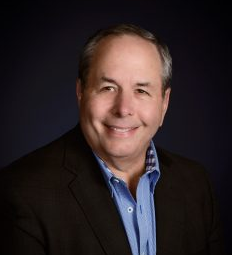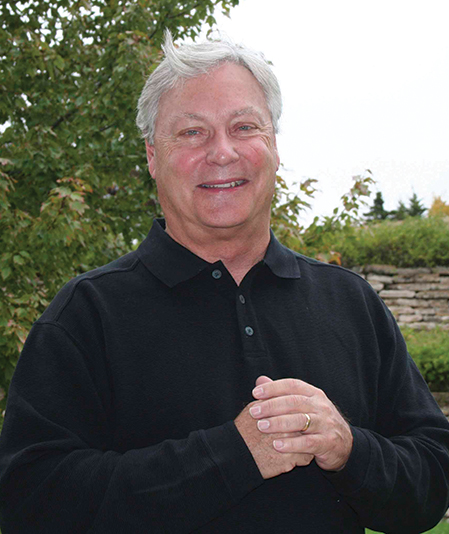 Jo Eva (Hinkhouse) McClellan passed away on Wednesday, October 25, 2017 at Redbud Village in Plainville, Kansas at the age of 86. She was born on April 10, 1931 in Hoxie, Kansas to the late Earl and Myrtle (Noah) Hinkhouse. She grew up in Palco, Kansas and graduated from Palco High School with the Class of 1948. She went on to receive her Bachelor’s Degree from Kansas State University, having attended two years at Fort Hays State College. On June 20, 1953 she was united in marriage to Robert “Bob” McClellan, in Palco. They were blessed with four children, Susan, Robin, Mike, and Roger.
Jo Eva (Hinkhouse) McClellan passed away on Wednesday, October 25, 2017 at Redbud Village in Plainville, Kansas at the age of 86. She was born on April 10, 1931 in Hoxie, Kansas to the late Earl and Myrtle (Noah) Hinkhouse. She grew up in Palco, Kansas and graduated from Palco High School with the Class of 1948. She went on to receive her Bachelor’s Degree from Kansas State University, having attended two years at Fort Hays State College. On June 20, 1953 she was united in marriage to Robert “Bob” McClellan, in Palco. They were blessed with four children, Susan, Robin, Mike, and Roger.
To say that Jo Eva led a generous, adventurous, creative life would be an understatement. Whether helping guide the governing bodies of the United Methodist Church through the challenges of a changing world, providing the music for important life events throughout western Kanas such at church services, weddings, and funerals, supporting efforts to enhance good farming practices and, or nurturing her own and others’ children, Jo Eva made the world a better place.
Jo Eva transferred to Kansas State after completing her first university years at Fort Hays. She attained her degree in extension home economics, then returned to Rooks County where she married Bob in 1953. Jo Eva had would now be called a “portfolio career:” She served as a county extension agent, taught school in Webster, Damar, Bogue, and Palco, led sewing classes, and designed and stitched everything from custom-made men’s suits to wedding gowns.
Jo Eva had a huge heart for children, teaching 4H sewing classes, piano, and hand bells. Jo Eva was a strong supporter of 4-H as a parent, project leader, and judge at local and regional levels.
The United Methodist Church played a pivotal role in Jo Eva’s life. She was the church organist for at least 50 years, played a leadership role in United Methodist Women, guided the development of clergy through service on the Kansas West Conference Board of Ordained Ministries, served as a Director of the national Board of Global Ministries, and represented United Methodists at the unprecedented 1992 United Nations Earth Summit in Brazil.
Jo Eva was also an engaged member of PEO Chapter HB in Plainville and a Director of the Kansas State University Alumni Association. Jo Eva designed and supported efforts to improve and raise the profile of agricultural communities throughout Kansas. She and Bob were named Kansas Master Farmers and were recognized for their efforts in soil conservation.
Jo Eva and Bob brought the world to Palco and their children through hosting foreign exchange students from Iceland, Germany, Switzerland, Japan, and Turkey. Jo Eva and Bob subsequently became enthusiastic travellers themselves, with their trips to visit family, learn about agriculture in other countries, and enjoy life taking them to every continent except Africa and Antarctica. A cruise in the Inside Passage off Alaska with all their children and grandchildren for their 49th wedding anniversary was a particular highlight.
Jo Eva brought love to everything she did, including being a wife, mother, grandmother, and great-grandmother. She had a way of seeing the good in everyone and loving each person individually. She made each of us feel special, for every person in her life held a special place in her heart that was reserved only for them, and Jo Eva wanted each person to know just how special they were to God, to the world, and to her.
Jo Eva is survived by her husband Bob McClellan; children Susan Beesley and husband Marvin of Gove, Robin McClellan of Perth, Australia, Mike McClellan and wife Tammy of Plainville, and Roger McClellan of Wichita; brother Jim Hinkhouse and wife Susan of Hays; grandchildren Angela and Mark Justice, Cade and Jess Beesley, Megan and Tanner Tuttle, Serena McClellan-Fuchs, Rachael McClellan-Whittle, Taylor McClellan, Maddy McClellan, Claire McClellan, Kate McClellan, Stratton McClellan, Sami McClellan, and Walker McClellan; and great-grandchildren Riley, Cooper, Coy, Daylen, Piper Jo, Adley, and Cole.
She was preceded in death by her parents Earl and Myrtle Hinkhouse, son-in-law James Whittle, infant son Donald Duane McClellan, and great-grandson Vinn Justice.
The Apostle Paul reminded the church in Ephesus, “Speak to one another with psalms, hymns, and songs from the Spirit. Sing and make music from your heart to the Lord.” Jo Eva lived every day of her life singing the praises of and encouraging family and friends alike, while lifting her heart to the Lord with praise and thanksgiving for the blessings of her life. Although she was greatly blessed, we have been blessed beyond measure, for the beat of her heart has struck a chord in our souls that will resonate forever in this life, and for eternity in the life to come.
Funeral Service will be held at 10:30am on Monday, October 30, 2017 at the United Methodist Church in Palco. Burial will follow in the Pleasant View Cemetery near Palco. Visitation will be from 2:00-7:00pm on Sunday at the funeral home in Plainville. Family will receive friends from 4:00-7:00pm.
 I would urge Hays residents to vote for John Mayers for the Hays City Commission. Why? He is an independent thinker, not a YES man!
I would urge Hays residents to vote for John Mayers for the Hays City Commission. Why? He is an independent thinker, not a YES man! 















